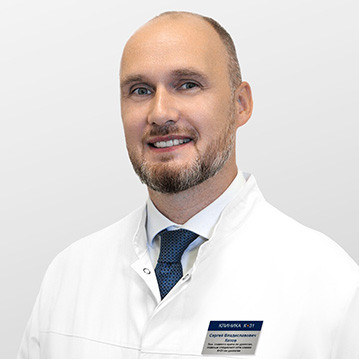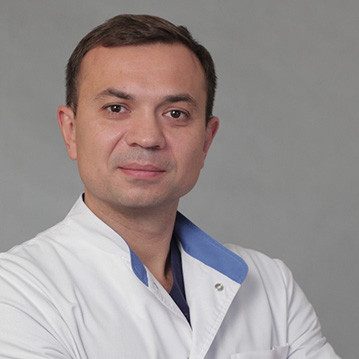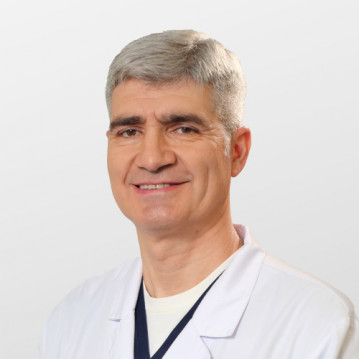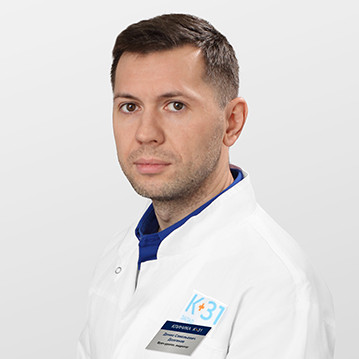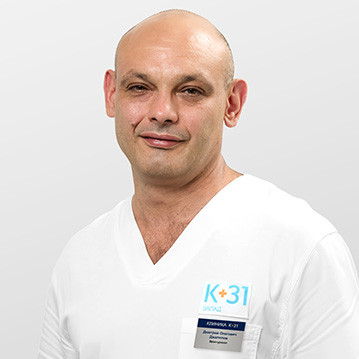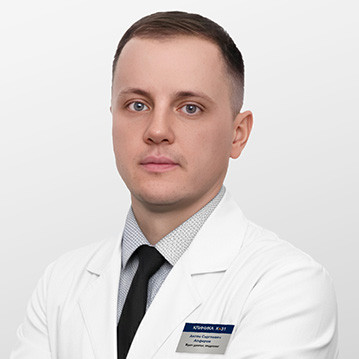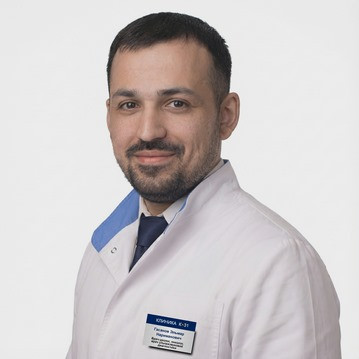Ureteral stricture is an abnormal narrowing of the lumen of the ureter, provoking a complete or partial violation of its patency. The disease provokes the development of infectious diseases of the genitourinary system and a decrease in renal function. Normally, the physiological narrowing of the ureter does not pose a threat to the life of the patient, since the elastic walls of the organ stretch and let urine through. The stricture of the ureter is characterized by the appearance of fibrous-sclerotic processes, compaction or atrophy of muscle elements, their replacement with fibrous tissue. The excretory duct decreases in diameter, which causes a violation of the functional state of the organ.
Diagnosis and treatment of ureteral strictures is carried out by experienced doctors in the field of urology at the K + 31 clinic. Patients are guaranteed a calm and pleasant atmosphere, the most effective result without complications.
Varieties of strictures
According to the location, long (more than 20 mm) and short (up to 20 mm) strictures of the ureter are distinguished.
According to the number of strictures, they are divided into 2 types: single and multiple. Most often, the kink of the ureter is diagnosed in the upper third, but pathologies in the lower or middle part of the ureter are not excluded.
Depending on the causes of strictures, the disease can be benign or malignant. Benign strictures occur when the following disorders are present:
- endometriosis;
- infectious diseases;
- Tubo-ovarian abscesses;
- retroperitoneal fibrosis;
- Urolithiasis.
Malignant strictures occur due to such disorders:
- prostate cancer;
- formation of cancer cells in the tissues of the bladder;
- urothelial cancer of the ureter;
- colorectal cancer.
If left untreated, the disease threatens to block the upper urinary tract and obstruct the outflow of urine. Against this background, the work of the kidney worsens up to the complete loss of its function.
Ureteral strictures: causes
Ureteral stricture ICD 10 code: N13.5. The main reason for the development of pathology is scarring, which forms on the surface of the ureter in the process of healing injuries. Distinguish between congenital and acquired scars. The first group includes cicatricial or ischemic lesions. The reason for their appearance is the anatomical narrowing of the ureter, for example, the bending of the organ or the incorrect position of the renal arteries that exert pressure.
The acquired causes that provoke narrowing of the ureter include:
- instrumental procedures on the organ;
- urinary tract infections;
- inflammatory diseases;
- radiotherapy;
- lower back injury accompanied by accumulation of blood;
- cavitary wounds.
Narrowing of the ureter in women can be observed after surgical interventions on the pelvic organs. Such operations include reconstruction of the pelvic floor during prolapse of the vagina, bladder and uterus, removal of tumors from adjacent tissues, amputation of the uterus. Often the ureter is damaged during surgical delivery, at the time of extraction of the fetus.
Narrowing of the ureter in men may appear after stenting or catheterization of the ureter, ureteroscopy, surgical treatment of prostatic hyperplasia. Risk factors include urolithiasis, pyelonephritis, and a history of keloid scars.
Kinking of the ureter: symptoms
At ureteral stricture, the patient is concerned about the following symptoms:
- pain of a different nature in the lumbar region;
- the appearance of blood in the urine, an unpleasant odor;
- oliguria;
- an increase in body temperature in the morning or evening;
- nausea, vomiting;
- general weakness.
Disorders of the kidneys are accompanied by an increase in blood pressure, swelling of the face and muscle cramps. As the disease progresses, discomfort in the lower back increases, and persistent hypertension is not stabilized by antihypertensive drugs.
Disease diagnosis
To detect narrowing of the ureter and determine the cause of its occurrence, the urologist first examines the patient's complaints and medical history. Then he issues a referral for the following studies:
- general and biochemical blood tests to determine the concentration of electrolytes, creatinine, urea;
- bacterial culture of urine;
- Ultrasound of the kidneys;
- contrast radiography;
- Ultrasound of renal vessels;
- multispiral computed tomography;
- MRI with contrast
For strictures of unknown origin, ureteroscopy with biopsy is performed. The doctor evaluates the condition of the mucous membrane and pathological structures, and then takes the material for further study under a microscope.
Ascending pyelography is often performed to determine the location and extent of the stricture. With a complicated course of the disease, the Whitaker test is used, which allows you to assess the pressure in the kidney and ureter, their ability to outflow urine. Before diagnosis, the doctor, using a percutaneous puncture, inserts a drainage tube into the renal pelvis, through which a contrast agent enters. The pressure gauge is then used and a series of overview shots taken.
Renal dysfunction, recurrent pyelonephritis, or suspected malignancy may require intervention using a flexible fiberscope. The device allows you to reach areas that require surgical intervention.
Ureteral stricture treatment
The stricture of the ureteropelvic segment suggests a surgical operation. Drug treatment is not able to eliminate the bends of the ureter, so it is not used by urologists.
Surgical intervention is carried out in the following ways:
- Ureterolysis is the removal of fibrous tissue that is compressing one or both ureters.
- Ureteroureteroanastomosis is a technically complex operation that is prescribed for injuries of the ureter or congenital stricture.
- Direct ureteroureteroanastomosis - is used for non-extensive single narrowing in the juxtavesical region, which does not exceed 10-12 cm.
- Indirect ureterocystoanastomosis - is prescribed for an impressive size of the narrowing of the ureter. When the fibrous tissue is removed, the doctor replaces it with a flap cut from the bladder to form a new connection between the organs.
- Laparotomy - performed in case of a complicated course of the disease.
If the UMS stricture is significant, laparoscopic ureteroplasty can be performed. During the operation, the doctor replaces the section of the urinary canal with a tube formed from a segment of the intestine.
If a patient has complicated ureteral stenosis with signs of hydronephrosis, it is first necessary to unload the kidneys artificially. To this end, the doctor installs a drain, catheter or stent to drain urine into the urinal. If the patient's condition is stabilized, one of the reconstructive interventions is performed to eliminate the narrowing.
In case of late admission to the clinic, when the stricture of the ureter is accompanied by a loss of functionality of the kidney, it is required to remove it along with the tubular organ. This operation is called a nephroureriectomy.
